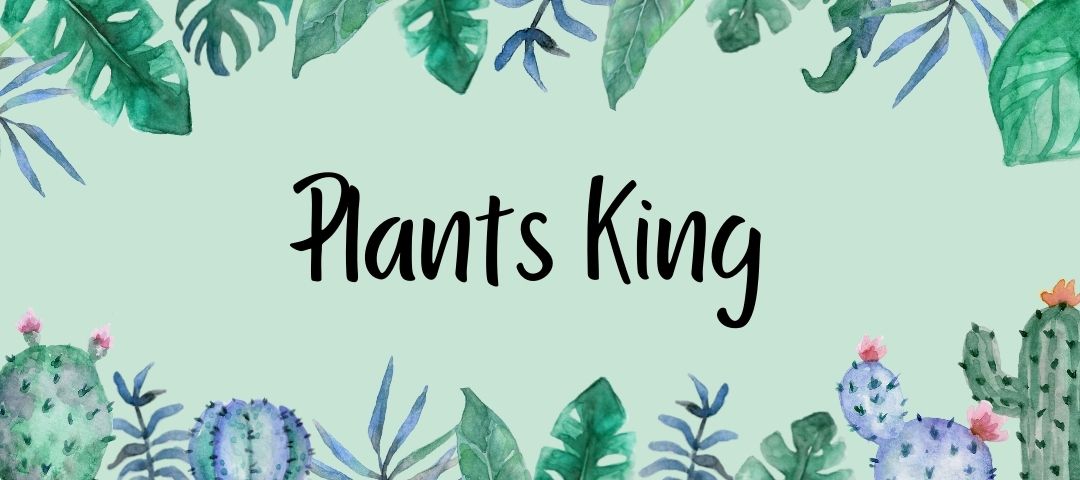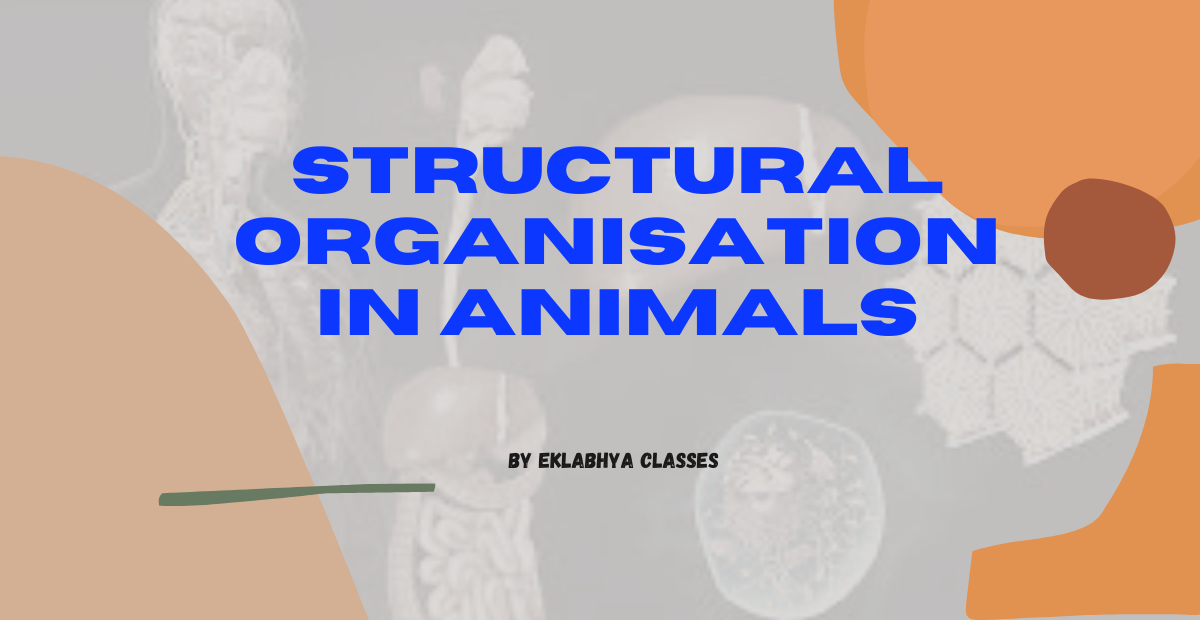Photosynthesis: Physio chemical process in which plants use light energy to synthesise organic compounds.
- It is the primary source of food on earth & responsible for release of oxygen into atmosphere.
- In variegated leaf (partially covered with black paper) exposed to light, only green parts of it show positive starch test.
- Similarly, when a part of leaf is enclosed in a test tube containing KOH while other half exposed to air are exposed to light, only exposed part tested positive for starch.
- These showed photosynthesis occur in green parts of leaves in presence of light & CO2
Early Experiments-
Joseph Priestely (1733-1804): Discovered oxygen, candle burning in closed bell jar extinguishes but continues to bum when mint plant is placed. Similarly mouse suffocates in closed bell jar but remains alive when mint plant is placed.
Jan Ingenhousz (1730-1799): Sunlight is essential to plant observed oxygen bubbles around green plants in sunlight, only green plants can release oxygen.
Julius Von Sachs (1854): Production of glucose when plants grow. Chlorophyll is located in special bodies where glucose is made & glucose is stored as starch.
T. W Engelmann (1843-1909): First action spectra of photosynthesis, splitted light into its components &t illuminated green algae (Cladophora) placed in suspension of aerobic bacteria (to detect oxygen evolution), bacteria accumulated mainly in red & blue light of spectrum.
[CH2O] ® carbohydrate (eg. glucose)
Cornelius Van Niel (1897-1985)- demonstrated that photosynthesis is light dependent in which hydrogen from oxidisable compound reduces CO2 to carbohydrate.
- O2 evolved from green plants come from H2O &t not CO2
- Sulphur evolved from purple & green suphur bacteria, is oxidised product of H2S which is a H-donor. Correct equation:
- isn’t a single reaction but a multistep process.
Where does photosynthesis occur?
- Chlorophyll allign at mesophyll boundary to attain maximum light.
- Stroma: Synthesised sugar turns to starch, not directly light driven, depend on product of light reaction (ATP & NADPH) so called dark reaction (carbon reaction)/carbon assimilation.
- Thylakoid: Trap light energy for synthesis of ATP & NADPH, directly light driven, so called light reaction (photochemical reaction).
Pigments in Photosynthesis
- Pigments: Absorb light at specific wavelengths.
- eg. Chlorophyll a (bright/blue green), chlorophyll ‘b’ (yellow green), xanthophyll (yellow) & carotenoids (yellow to yellow-orange)
- Maximum absorption of chlorophyll “a” is in blue & red region which shows high rate of photosynthesis (430 nm - 660 nm)
- Chlerophvll ‘a’ is the chief pigment.
- Accessory pigment: Chlorophyll’b’, xanthophyll, carotenoid. They absorb light, transfer energy to chlorophy enable wider range of wavelength for incoming light to be utilised, protect chlorophyll ‘a’ from photo-oxidation.
Light Reaction-
- Absorption of light ® Water splitting ® O2 release ® Formation of ATP & NADPH.
- Pigments are arranged in 2 light harvesting complex (LHC) - photo system I (PS I) & photosystem II (PS II).
- LHC: 100 of pigment molecules bound to proteins.
- Eachphotosystem has all pigment (except 1 molecule of chlorophyll (a) forming LHC also called antennae.
- Single molecule of chlorophyll a forms antennae.
- PS I: Reaction centre of chl. A has absorption peak at 700 nm hence called P700 whereas its 680 nm in P II so called P680.
The Election Transport:
- PS II absorb 680 nm wavelength causing electrons to exciate, which are picked by electron acceptor which passes them to electron transport system (ETS) having cytochromes.
- This movement is downhill in terms of redox potential scale.
- Electrons aren’t used up but passed to PS 1.
- Simultaneously, electrons in PS I exciate on receiving 700 nm wavelength, transferred to another acceptor having greater redox potential, then move downhill to NADP+.
- Electrons reduce NADP+ to NADPH.
- Z Scheme: Transfer of electrons from PS II, uphill to acceptor, down to ETS to PS I, excitation of electrons, transfer to another acceptor & finally downhill to NADP+ reducing it to NADPH + H+
Splitting of water-
- Electrons moved from PS II must be replaced
- Its achieved by electrons due to splitting of water.
- 2H2O ® 4H + O2 + 4e-
- Electrons removed from PS I are provided by PS II.
Photophosphorylation:
Synthesis of ATP from ADP & Pi in presence of light.
- Non-cyclic: When 2 photosystem work in series, first PS II then PS I. eg. grana
- Cyclic: When only PS I is functional, electrons are circulated within photosystem & phosphorylation occur due to cyclic flow of electrons, lack PS II & NADP reductase, excited electrons don’t pass to NADP+ but cycled back to PS I, results in ATP synthesis, also occur when light of wavelength beyond 680 nm are available.
- eg. Stroma Lamellae.
Chemiosmotic hypothesis:
Mechanism of ATP synthesis
- In photosynthesis, proton accumulate towards inner side of thylakoid membrane (lumen) whereas in respiration, proton accumulate in intermembrane space of mitochondria.
- Proton accumulated in lumen & decrease in stroma-
(1) Proton produced by water splitting on inner side, so H+ accumulate in lumen.
(2) Electrons move through photosystems & protons are transported across membrane as primary electron acceptor is present towards outer membrane which transfers electron not to electron carrier but to H carrier which removes proton from stroma to lumen while transporting electron.
(3) NADP reductase is present on stroma side. Alongwith electrons from electron acceptor of PSI, protons are necessary for NADP+ reduction, which are removed from stroma.
- It leads to proton gradient & decrease in lumen pH.
- Breakdown of this gradient leads to ATP synthesis.
- H+ move to stroma through transmembrane channel of CF0 of ATP synthase.
- ATP synthase CF0 (embedded in thylakoid membrane, transmembrane channel, carries out facilitated diffusion) & CF1 (outer surface of thylakoid membrane)
- Breakdown of gradient cause conformational change in CF1 which synthesise ATP, to be used in dark reaction.
- Chemiosmosis require membrane, proton pump, proton gradient, ATP synthase.
- Products of light reaction - ATP, NADPH & O2
Biosynthetic phase- also called Calvin Cycle
- Out of ATP, NADPH & O2, O2 diffuse out of chloroplast & ATP & NADPH are used in biosynthetic reaction.
- Melvin Calvin: Used radioactive 14C in algal photosynthesis & discovered first product of CO2 fixation - 3 - C compound called 3 phosphoglyceric acid (PG A) - C3 pathway.
- In some plant first product of CO2 fixation is oxaloacetic acid (4-C compound) - C4 pathway.
Primary CO2 acceptor
- Scientists tried to find 2-C compound as primary CO2 acceptor but ended up with 5-C ketose sugar- Ribulose bisphosphate (RUBP).
- Calvin cycle: In all plants (C3 & C4), RUBP is regenerated.
(1) Carboxylation: Fixation of CO2,
- RUBP is carboxylated in presence of RUBP carboxylase which results in 2 molecules of 3-PGA.
- Enzyme has oxygenation activity also so called RUBP carboxylase oxygenase (RUBisCO)
(2) Reduction: Formation of triose phosphate precursor to glucose
- 2 molecules of 3-phosphoglycerate is phosphorylated by utilising 2ATP & then reduced to 2 triose phosphate by 2 NADPH for reduction.
- 6 molecules of CO2 are fixed for 1 glucose molecule. i.e., 6 turns of calvin cycle.
(3) Regeneration: Regeneration of RUBP.
- Require 1 ATP.
- Out of 12 triose phosphate produced by fixation of 6 CO2, 2 triose phosphate are used to make 1 glucose molecule & rest 10 (i.e. 10 x 3 = 30 C) are used for regenerating 6 molecule of RUBP (5-C).
- For 1 CO2 fixed 3ATP & 2NADPH are needed.
- For 6 CO2 fixed, 18 ATP & 12 NADPH are needed to make 1 glucose molecule.
- C4 pathway- (mostly by plants in dry tropical regions)
- use C3 pathway along with C4 pathway.
- Specialities: Tolerate high temperature, respond to high light intensities, greater productivity of biomass, lack photorespiration, kranz anatomy.
- Large cells around vascular bundles- bundle sheath cells (large no. of chloroplast, thick walls impervious to gas exchange & no intercellular spaces). Such leaves have Kranz anatomy (wreath or reflection of arrangement of cells).
- Also called Hatch & Slack Pathway. eg. in maize or sorghum, sugarcane.
Primary CO2 acceptor
- 3 carbon molecule phosphoenol pyruvate (PEP) in presence of PEP carboxylase accepts CO2 in mesophyll cells to form oxaloacetic acid (4-C compound)
- Mesophyll cells lack RUBisCO enzyme.
C4 cycle-
- OAA is converted to malic acid or aspartic acid (4 C compound) which are transported to bundle sheath cells where they are broken to release CO2 & 3-carbon molecule.
- 3-C compound is transported back to mesophyll where its converted to PEP again & completes cycle.
- CO2 released in bundle sheath cells enter C3 pathway.
- Bundle sheath cells are rich in RUBisCO but lack PEPcase.
- C3 pathway occurs in mesophyll of C3 plants but occurs in bundle sheath cells of C4 plants.
- C4 plants undergo carboxylation twice (mesophyll & bundle sheath).
Photorespiration: Wasteful process.
- RUBP combined with CO2 to form 2 molecules of 3 PGA in presence of RUBisCO.
- It has greater affinity for CO2 when CO2:O2 is equal.
C3 plants-
- RUBis CO binds with 02 to form 1 molecule of Phosphoglycerate & phosphoglycolate (2 carbon) - photorespiration.
- It neither synthesise sugar nor ATP or NADPH but releases CO2 with utilisation of ATP.
- C4 plants: No photorespiration.
- Mesophyll cells lack RUBisCO while bundle sheath cells are impervious to gases so oxygenation of RUBisCO isn’t possible.
Factors affecting Photosynthesis-
- Internal factors: Affected by plant genetic makeup & growth. ego no., size, age, orientation of leaves, mesophyll cells, chloroplasts, internal CO2 concentration, chlorophyll content.
- External factors: Availability of sunlight, CO2 concentration, water, temperature, light intensity.
- Blackman’s Law of Limiting factors (1905): If a chemical process is affected by more than 1 factor, then its rate is determined by factor nearest to its minimal value, which directly affects process if its quantity is changed eg. despite presence of green leaf, light & CO2, plant may not perform photosynthesis if temperature is low. If optimum temperature is given, it will start photosynthesising.
(1) Light:
- At low light intensity, there is linear relationship between incident light & CO2 fixation.
- At high light intensity, rate doesn’t show further increase as other factors become limiting.
- Light saturation occur at 10% of full sunlight.
- Light is rarely limiting factor except for shady plants.
- Increase in light-beyond a point cause breakdown of chlorophyll & decrease photosynthesis
(2) Carbon dioxide concentration- Major limiting factor.
- 0.03-0.04% in atmosphere.
- At low light condition, neither C3 nor C4 respond to high CO2 condition.
- At high light condition, both show increase in CO2 fixation.
- C4 show saturation at 360 mL-1 while C3 show saturation beyond 450 mI L-1.
- So, CO2 is limiting to C3 plants.
- C3 respond to high CO2 by increasing rate of photosynthesis hence high productivity. So, used in greenhouse crops like tomatoes & bell pepper.
(3) Temperature-
- Dark reactions are temperature controlled whereas light reactions are affected to less extent.
- C4 respond to high temperature & high rate of photosynthesis whereas C3 have low optimum temperature.
- Tropical plants have higher optimum temperature than temperate.
(4) Water:
Affect indirectly.
Water stress closes stomata hence reducing CO2 available. It makes leaves wilt & reduce surface area of leaves & metabolic activity.


… [Trackback]
[…] Read More here to that Topic: eklabhyaclasses.com/blog/photosynthesis/ […]
… [Trackback]
[…] Find More on that Topic: eklabhyaclasses.com/blog/photosynthesis/ […]
… [Trackback]
[…] Find More Info here to that Topic: eklabhyaclasses.com/blog/photosynthesis/ […]
… [Trackback]
[…] Find More to that Topic: eklabhyaclasses.com/blog/photosynthesis/ […]
… [Trackback]
[…] Read More Info here on that Topic: eklabhyaclasses.com/blog/photosynthesis/ […]
… [Trackback]
[…] Info to that Topic: eklabhyaclasses.com/blog/photosynthesis/ […]
… [Trackback]
[…] Info to that Topic: eklabhyaclasses.com/blog/photosynthesis/ […]
… [Trackback]
[…] There you will find 21899 more Info on that Topic: eklabhyaclasses.com/blog/photosynthesis/ […]
… [Trackback]
[…] Info to that Topic: eklabhyaclasses.com/blog/photosynthesis/ […]